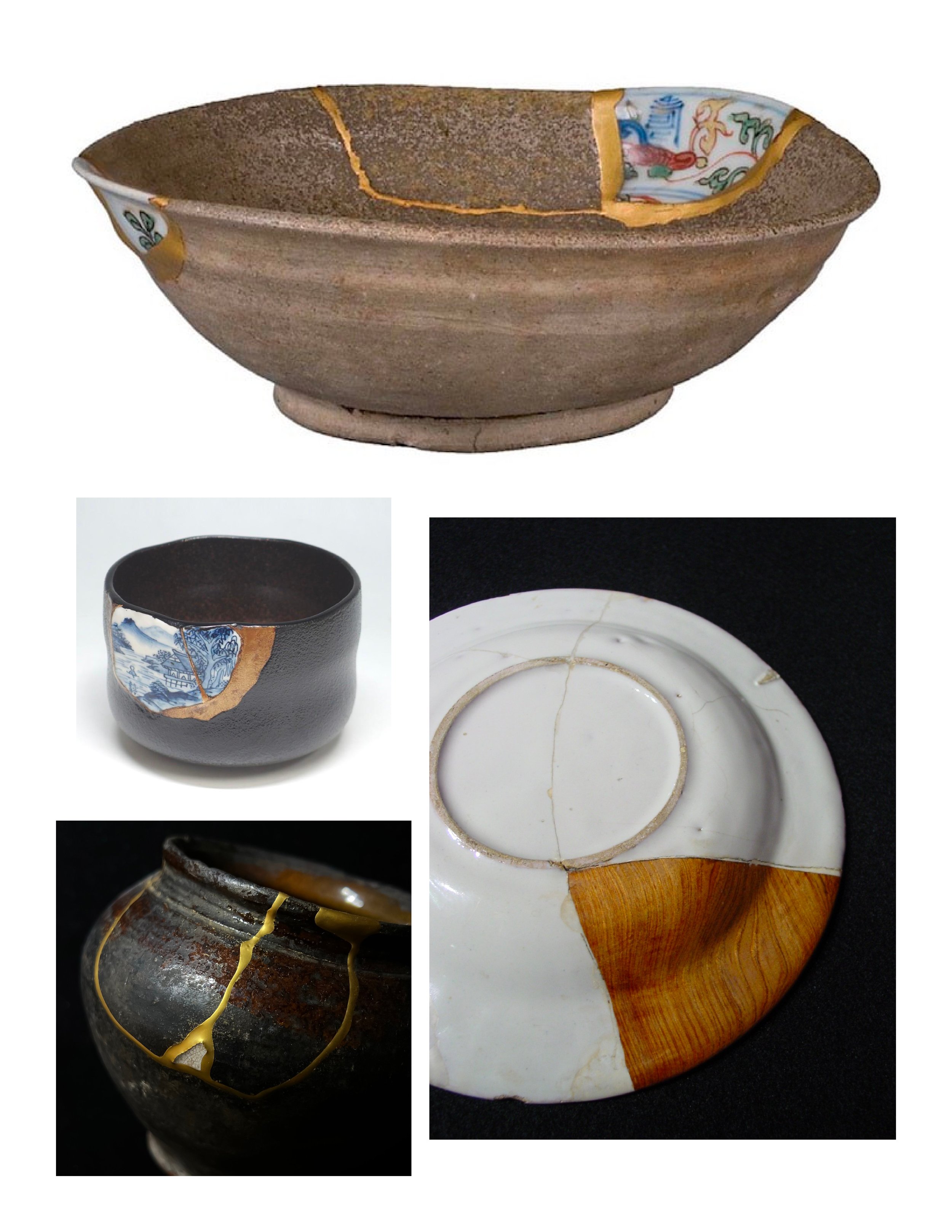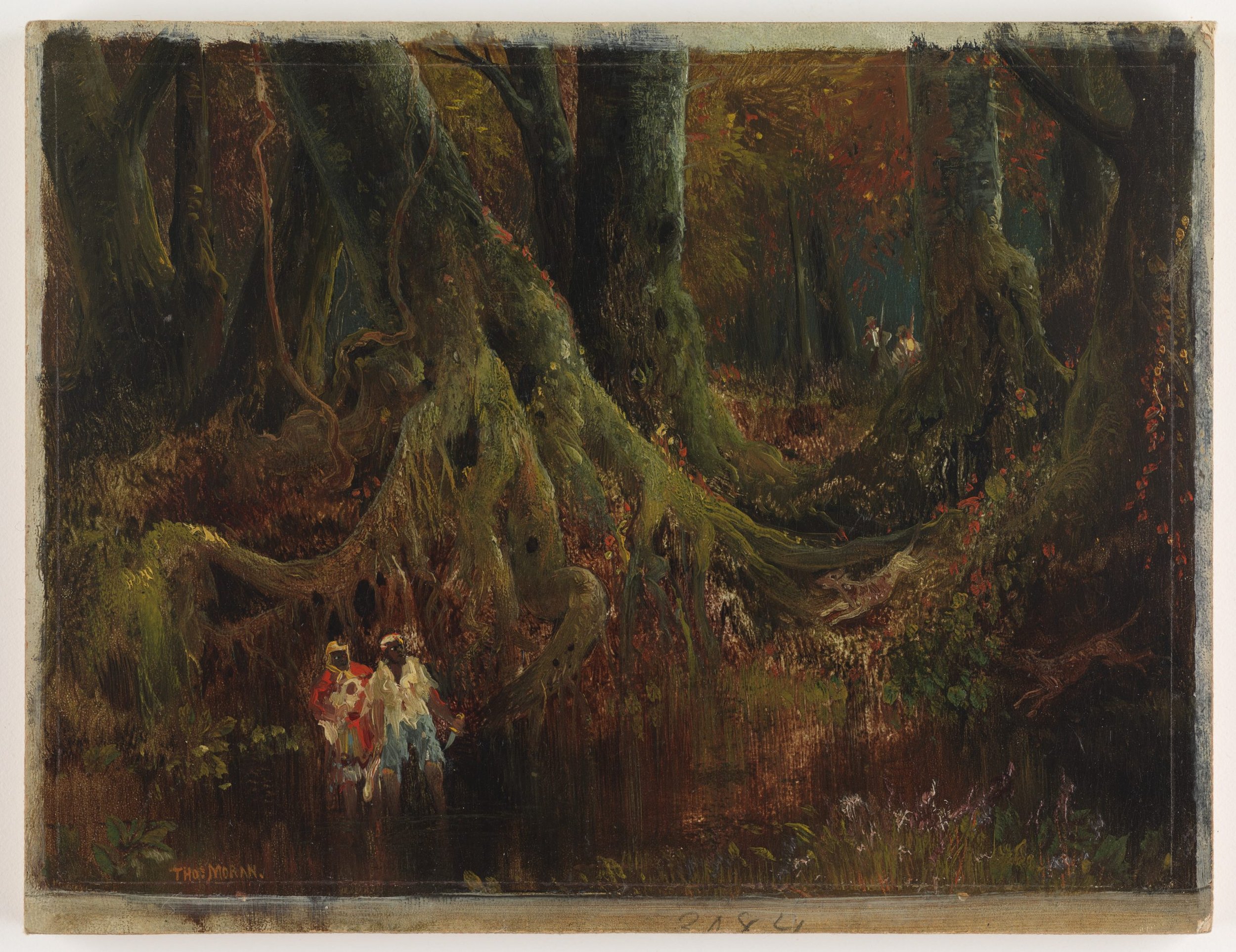Session 3: “Command & Control”
Thanks to all the folks who made it to the second session of the AGAPE Seminar & Studio, and to all of the present-absences who shaped the session’s proceedings. You will find my impression of the session below.
Pictured here is the most recent AGAPE-bana, an arrangement of flowers put together for display at sessions of the Seminar & Studio, courtesy of Ylfa and inspired by cha-bana. This arrangement features sword fern fronds, shore pine branches, and the stems and leaves of arrow bamboo.
Folks who want to participate in the next session of the seminar & studio can register at the Zoom link below or, alternatively, they can participate asynchronously via this padlet, where they can post thoughts and questions (in audio, video, or text format), comment on the background readings, and add links to supplementary texts and other media. Notes taken during the seminar & studio sessions will also be posted on the padlet.
Upcoming Session Date: *21* January 2024
Start Time : 10:30 LA / 13:30 NYC / 15:30 São Paulo / 18:30 London / 19:30 Berlin / 21:30 Dar es Salaam / 23:59 Delhi
End Time: 12:30 LA / 15:30 NYC / 17:30 São Paulo / 20:30 London / 21:30 Berlin / 23:30 Dar es Salaam / 02:00 Delhi
Background Readings for the Next Session:
“On Difference Without Separability” by Denise Ferreira da Silva
“A Civil Police?” from Policing Empires by Julian Go
“Bordering Regimes: Four Border Governance Strategies” from Border & Rule by Harsha Walia
Post-Session Impression and Pre-Session Primer:
My impression was that this past Sunday’s session was about “fluid dynamics”.
“A new chapter of river mapping reveals the true intricacies of river flow as headwaters feed consecutively larger tributaries that surrender their water to the main stream. Most rivers are now yoked with dams and reservoirs, but on this map, rivers run free.” — From National Geographic
It all started to click for me when Xin Wei cited a line from the writer Bertolt Brecht that he found in the book Making Sense in Common by Isabelle Stengers, “We often speak of the violence of a river overflowing but less of the violence of the banks that confine it.”
As Ylfa remarked to me after the session, “Consider, for instance, the Grand Canyon, whose natural, yielding banks have given way to the flow of the Colorado River over the course of millennia, and contrast that with the Old River Control Structures engineered along the Mississippi River, violently keeping that great river in check, at least until the great river finally rages against with enough force to violently wreck its engineering.”
Consciously or unconsciously, we are all playing a part in the most epic battle for the life and beauty of the Earth: the struggle between the wild and rebellious forces of nature, on the one hand, and the genocidal, ethnocidal, and ecocidal forces of Empire, on the other. The “imperative” for those of us who discover ourselves on the deathly side of this conflict is to make every effort to desert the forces of Empire, and defect to the forces of nature.
The forces of nature are all those wild and rebellious forces that leak, flow, and overflow. Here we include not just bio-geo-chemical flows — not just the flows of animal, vegetal, and mineral matters — but flows of cultural matters as well. In other words, alongside the unruly wanderings of rivers, dispersals of plants, and migrations of animals that we include amongst the forces of nature, we must also include the unruly wanderings, dispersals, and migrations of peoples along with their languages, cultural practices, and artifacts.
The forces of Empire, by contrast, are the pathological forces of command and control that (i) work to minimize and eliminate all leaks and overflows determined to be unproductive and unprofitable and (ii) work to filter and channel all remaining flows (animal, vegetal, mineral, and cultural) into productive and profitable streams or, alternatively, into pools where they may be kept in reserve and held as resources for future extraction or disposed of like hazardous waste.
Throughout the session we remarked upon how colonizers and their proxies often speak of the violence of the forces of nature but hardly ever speak about the violence employed by the forces of Empire as they work to confine nature’s wanderings, dispersals, and migrations. For colonizers and their proxies, finding solutions to environmental problems means managing “natural disasters” first, foremost, and above all else. In conceiving of matters this way, colonizers and their proxies often refuse to recognize that so-called “natural disasters” (e.g., storms, floods, fires, swarms of pests, outbreaks of pathogens, proliferations of weeds) are, more and more often, events during which the forces of nature violently liberate themselves from the violent confines imposed upon them by the forces of Empire.
For many Indigenous peoples the events that colonizers call “natural disasters” are considered to be difficult guests who arrive unexpectedly and whose sudden arrival one must always be prepared to welcome and live with, regardless of their difficulty.
For Maroons, or fugitives from colonial slavery, the events that colonizers call “natural disasters” are considered to be events enabling escape and, as such, serve as triggers to put fugitive plans into action.
Similarly, what the colonizer takes to be “inhospitable”, “impassable”, and “unruly” nature (e.g., the Great Dismal Swamp in southeastern Virginia and northeastern North Carolina) is the very same nature that Maroons regard to be most suitable for marronage, for the makings of fugitive communities.
Ay, and this very same sort of nature, taken to be “inhospitable”, “impassable”, and “unruly” by colonizers, is that which Indigenous peoples like the Marind in Papua New Guinea are cultivating as spearheads in their direct actions to claim their lands back.
In light of the above, four research questions for future sessions presented themselves to us during the session.
How do we recognize that we have allies in “inhospitable”, “impassable”, and “unruly” natures and in so-called “natural disasters”? And not just in rural and wild countrysides but in urban surrounds as well?
How do we recollect ethical ways of living with “natural disasters” and with “inhospitable”, “impassable”, and “unruly” natures? And, in so doing, how might we “make kin” with the Indigenous and Maroon peoples who are the keepers of what remains of these ethical ways of living?
How do we resist colonizers' pathological attempts to command and control “inhospitable”, “impassable”, and “unruly” natures and to manage so-called “natural disasters”?
How do we repair the damage that colonizers have done to “inhospitable”, “impassable”, and “unruly” natures in so many pathological attempts to command and control them and manage so-called “natural disasters”?
One thing that I stressed throughout the last session, is that we needn’t think of acts of recollection and repair as being acts of conservation and preservation. Rather, we might think of them as acts of (re-)creation. As a dramatic metaphor, I brought up the extreme form of kintsugi known as yobitsugi (呼継ぎ) or "joint-calling", which repairs by calling together the fragments of different wholes to form new wholes.
I remarked that the profound openness of this dramatic image is to be found in the fact that its creolizing reparations do not prevent future disturbances and fractures. To the contrary, the ceramic that has been shattered and repaired is no less fragile than it previously was, and it can always be shattered again, by unforeseeable accident, by negligence, or by design. Yet, one repairs the ceramic nevertheless. The resilience is in the practice and process, not the materials and products!
Marie-Therese, in response to all of this, shared the most beautiful passage by the Caribbean poet Derek Walcott, a passage that reveals the art of Antilles to be something akin to the art of yobitsugi. Walcott writes:
Break a vase, and the love that reassembles the fragments is stronger than that love which took its symmetry for granted when it was whole. The glue that fits the pieces is the sealing of its original shape. It is such a love that reassembles our African and Asiatic fragments, the cracked heirlooms whose restoration shows its white scars. This gathering of broken pieces is the care and pain of the Antilles, and if the pieces are disparate, ill-fitting, they contain more pain than their original sculpture, those icons and sacred vessels taken for granted in their ancestral places. Antillean art is this restoration of our shattered histories, our shards of vocabulary, our archipelago becoming a synonym for pieces broken off from the original continent.
Keeping all of this in mind, for the next session, I am hoping to pick up on some ideas that Melodie left us with. Towards the end of our session, Melodie stressed that recognition, recollection, resistance, and repair, as we have spoken of them, demand a radically different relation to space and time that respects ancestral bodies of knowledge and the futures that they resonate with. Picking up on this stressed beat, I am hoping that we could work through Denise Ferreira da Silva's brilliant text on the perils of presupposing the colonizer’s concepts of space and time, “On Difference Without Separability”.
In addition to Silva’s brilliant text, I would also like to consider some excerpts from two texts that really dig into the pathologies of command and control that define Empire — Julian Go’s Policing Empires and Harsha Walia’s Border & Rule.
My intuition tells me that our next session will be a breakthrough session, and I am very, very excited to come together again.
“An enslaved family, at lower left, hides from slave catchers closing in on them in this oil painting by Thomas Moran titled Slave Hunt. The Black man holds a knife as two white men, at upper right, search the thickly forested area. This scene likely depicts the Great Dismal Swamp in Virginia, as this painting is a close replica of another, larger one by Moran that identifies that swamp as the location.”

